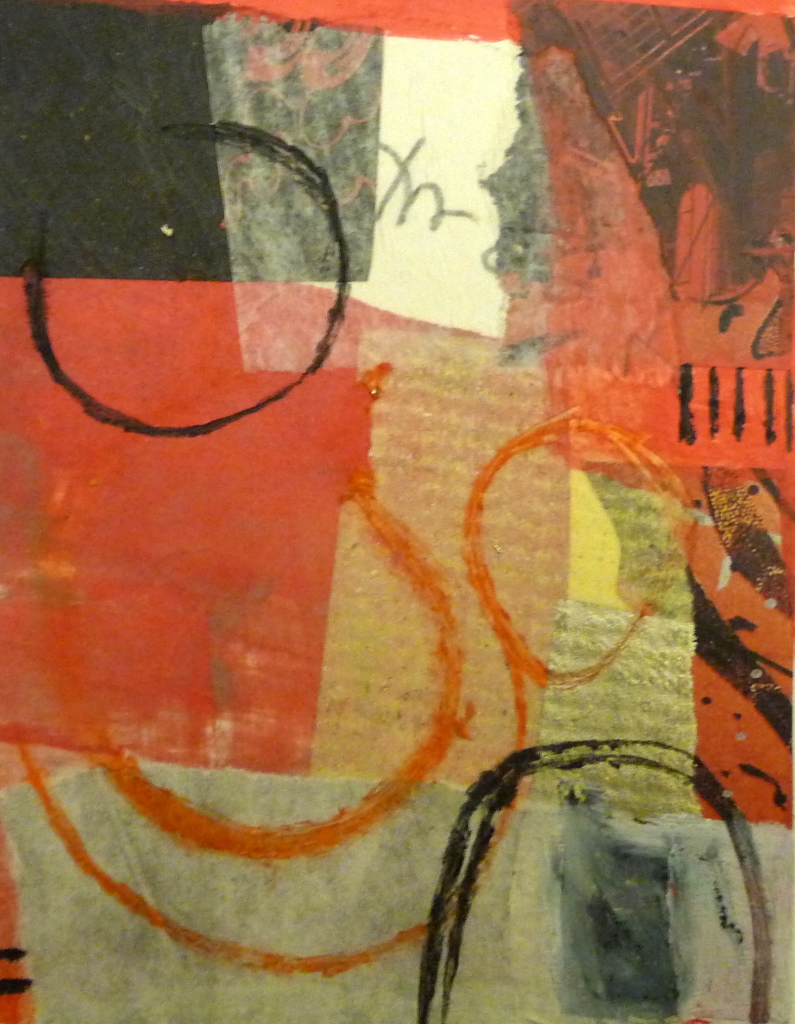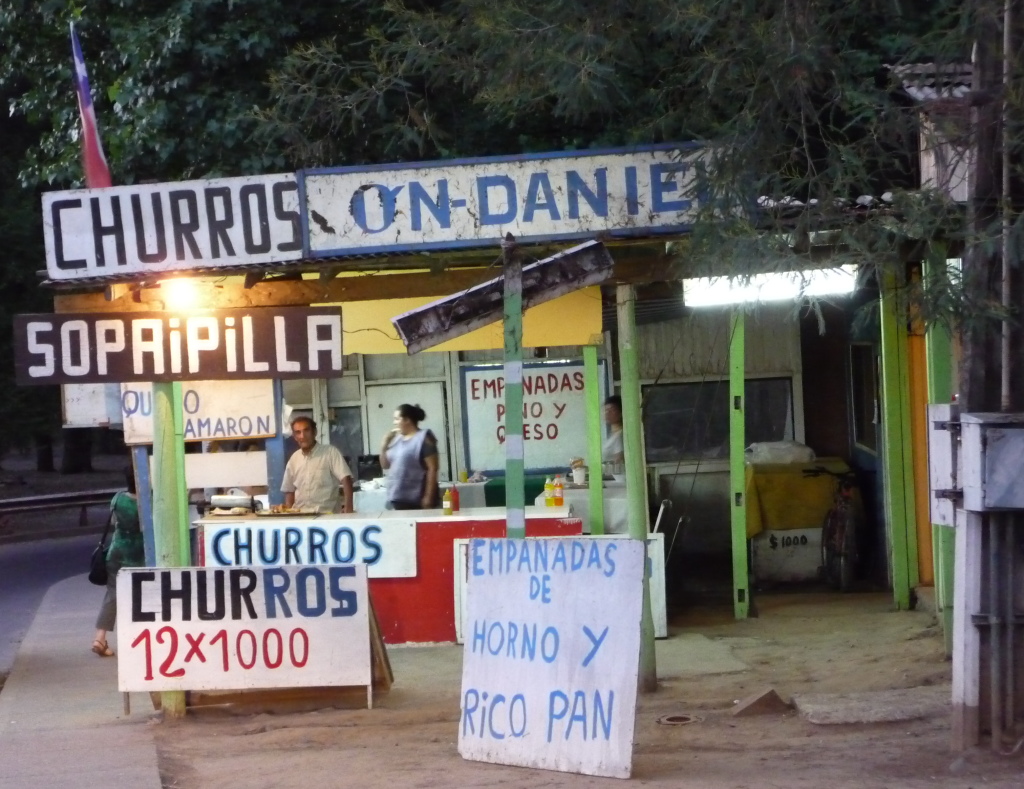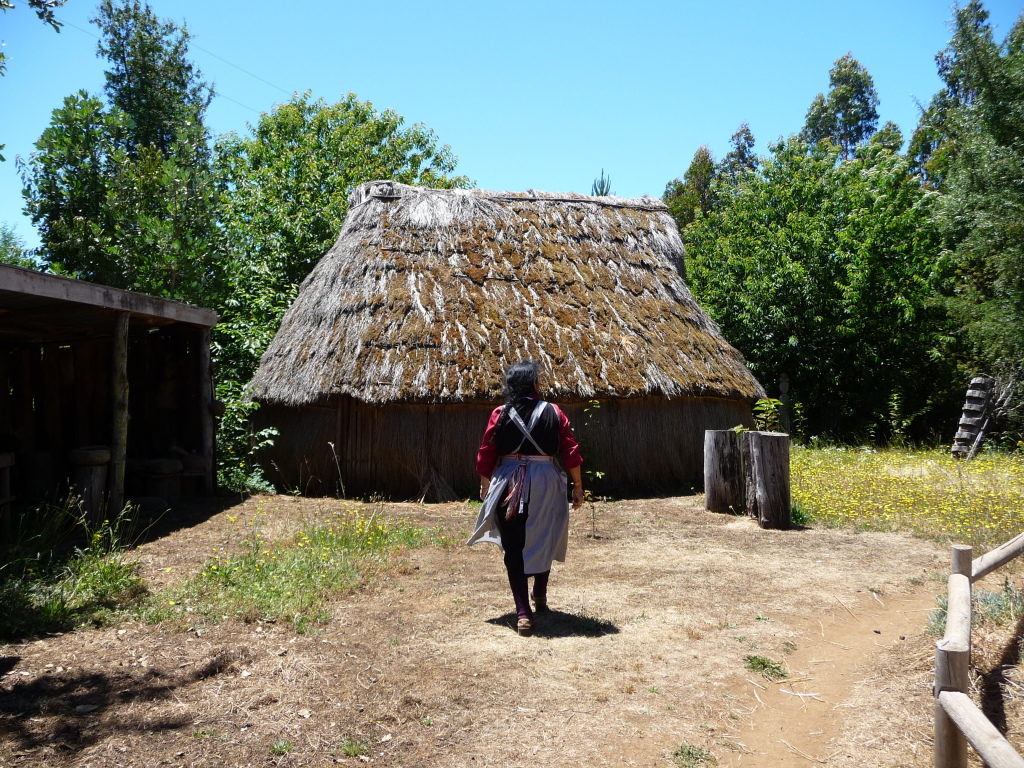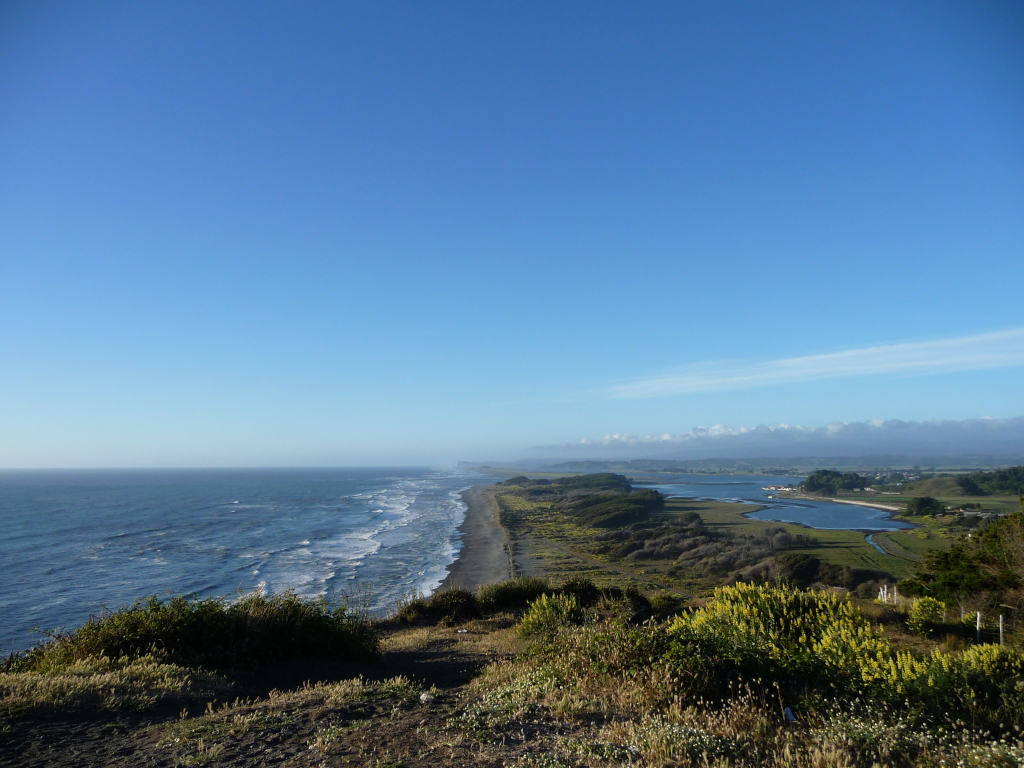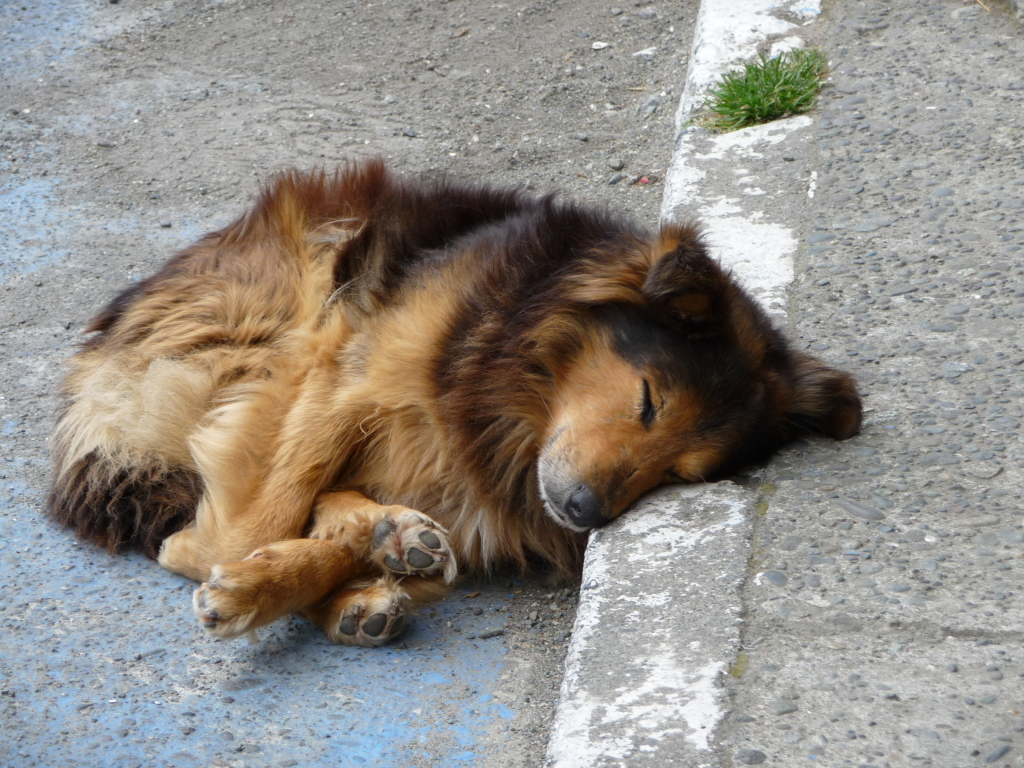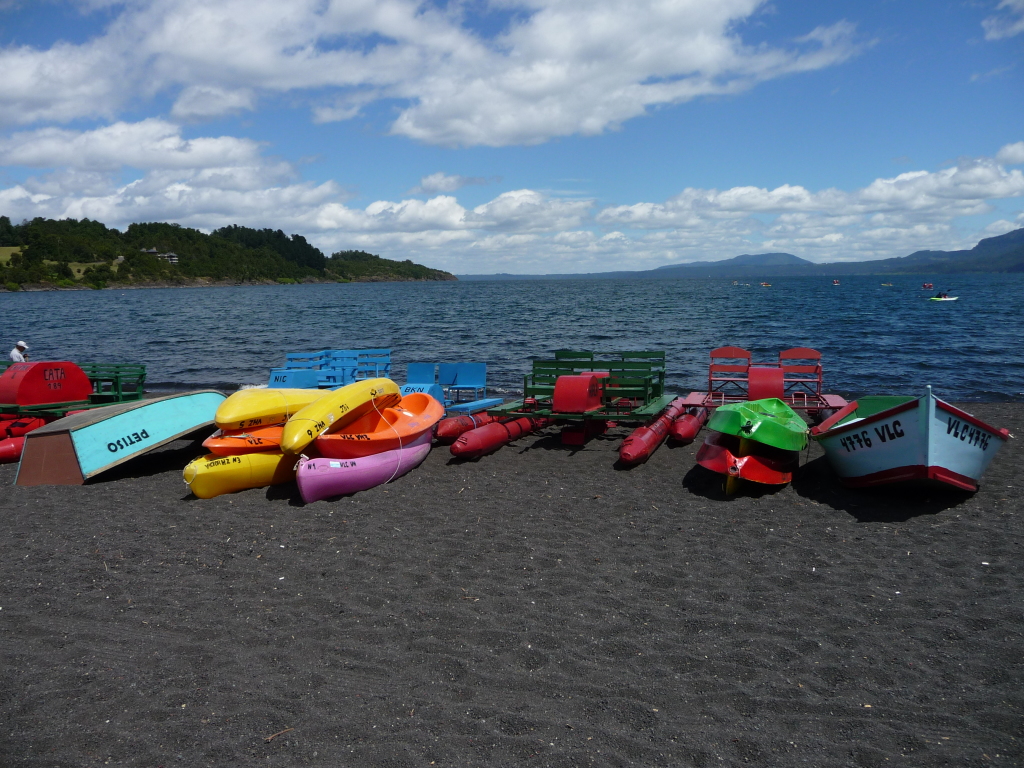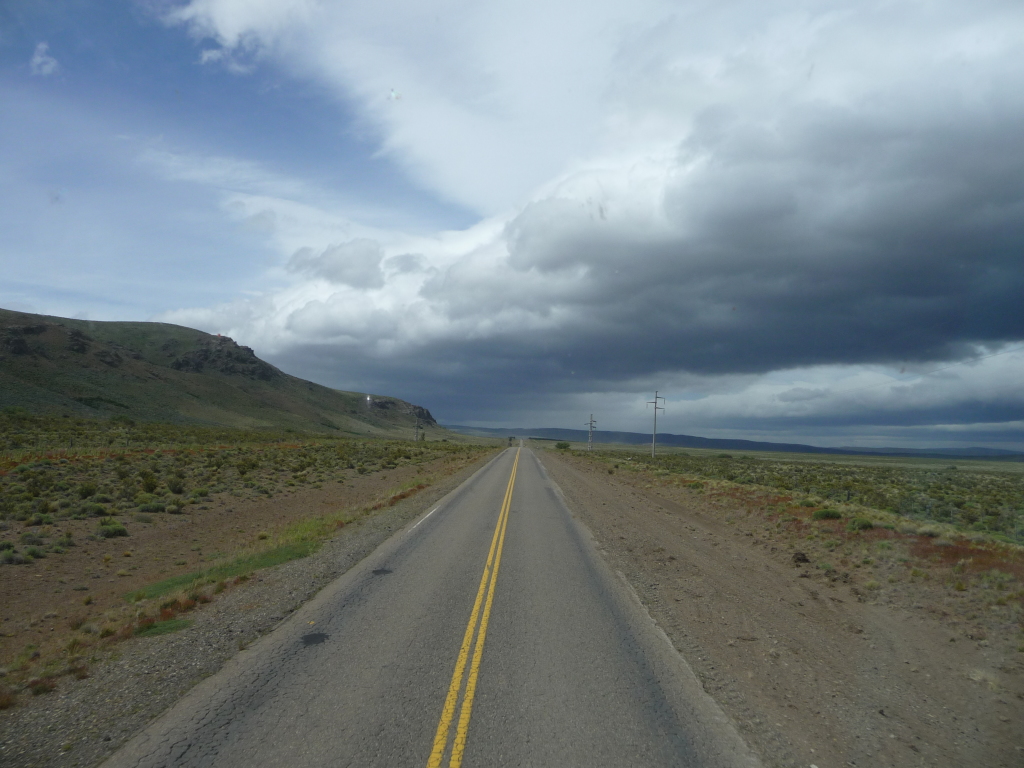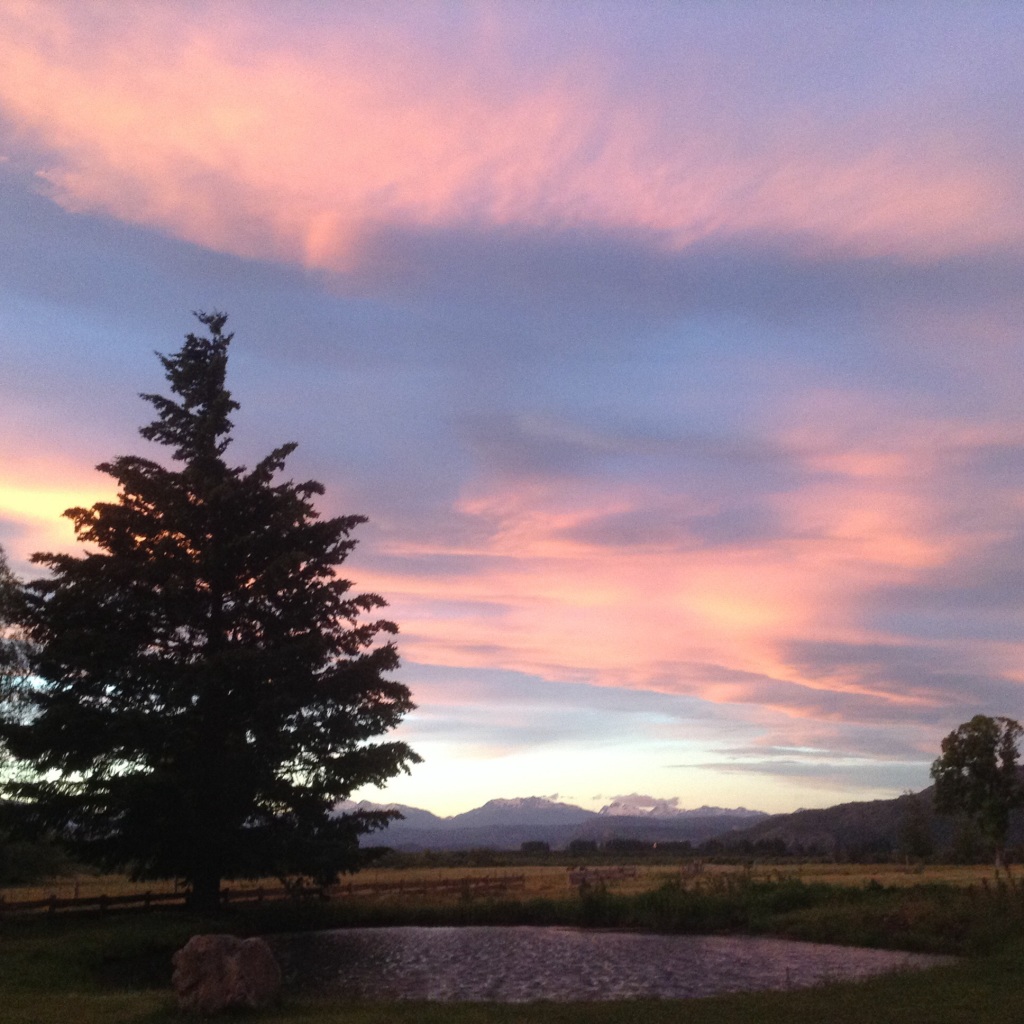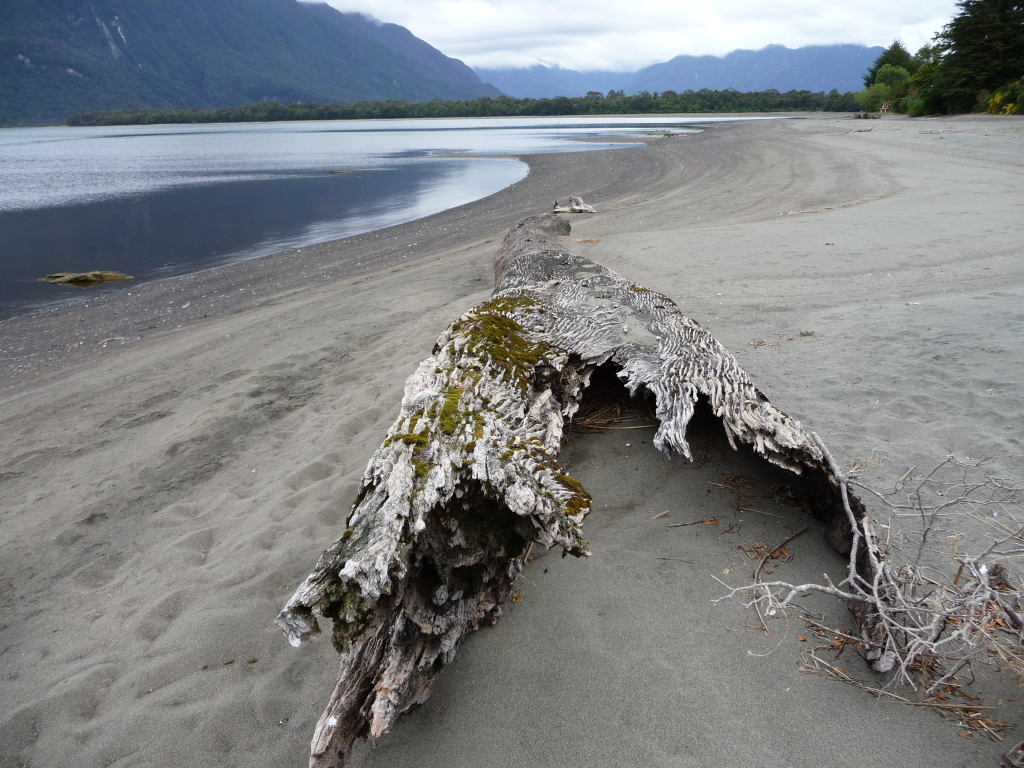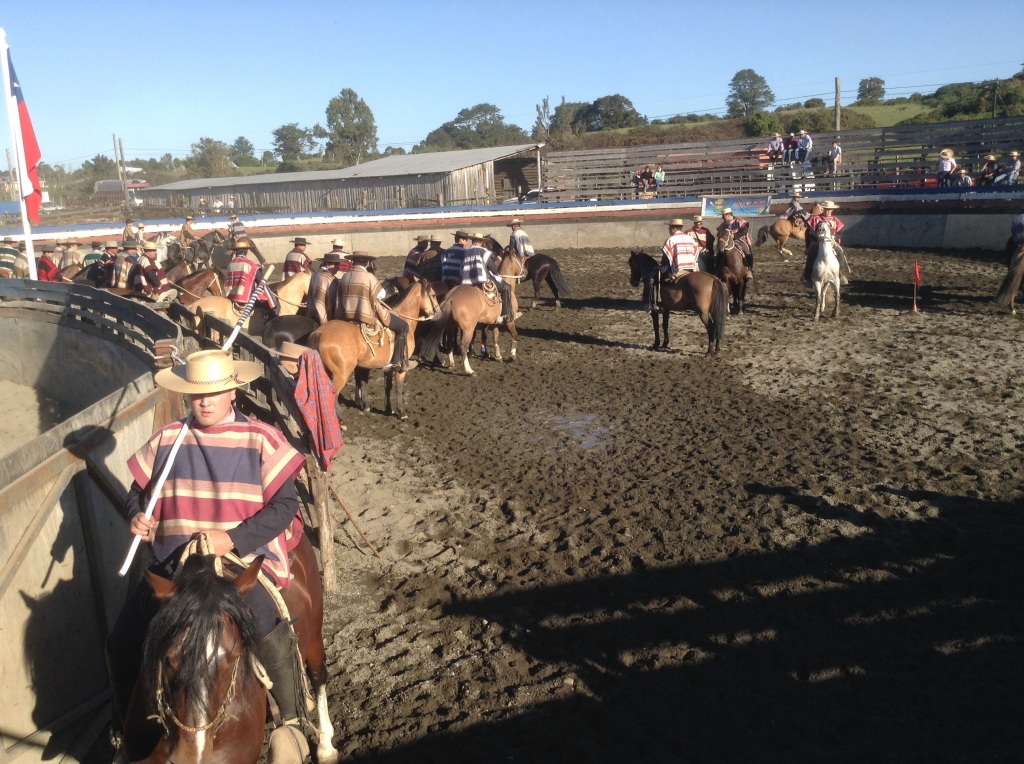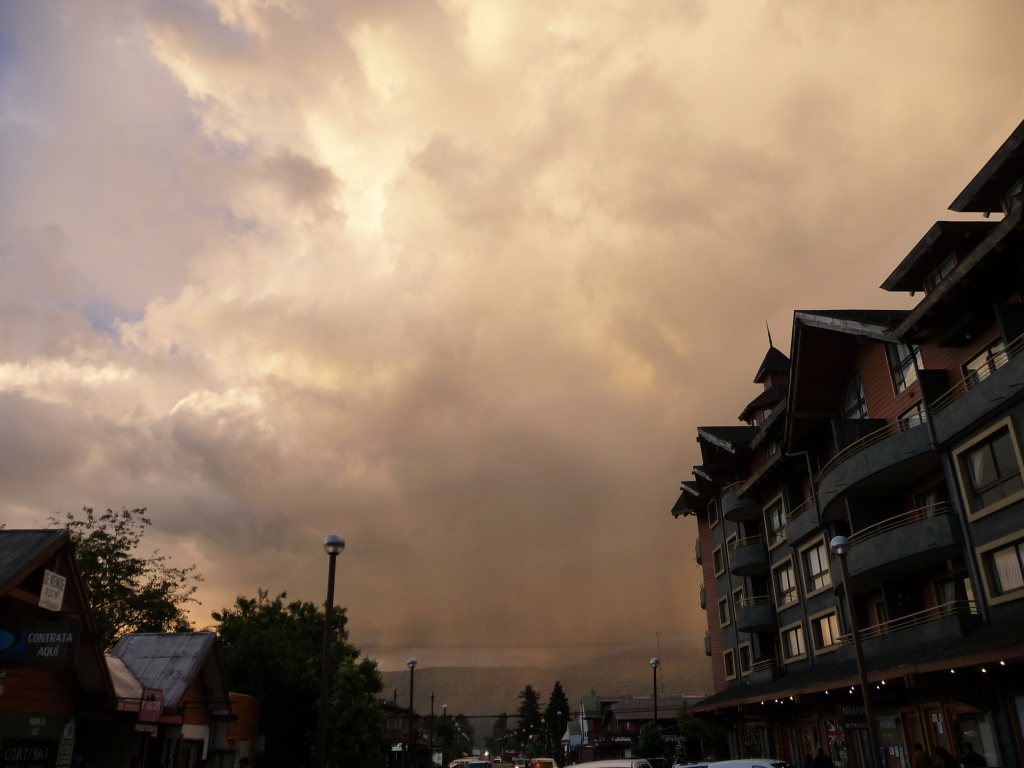 Dec 20 DAY 32 Bariloche to San Martin de los Andes to Pucón
Dec 20 DAY 32 Bariloche to San Martin de los Andes to Pucón
When all decisions lie on one’s own shoulders and the options are many, choosing the next destination can be challenging. For everything that one opts to do and see, there is all the rest that remains. It can be particularly difficult when you speak with others and listen to their enthusiasm, unknowing if your tastes and opinions will be the same.
But ultimately a choice needs to be made.
And so, I went to the bus station in Bariloche around 10am, prepared to face numerous companies having their own schedules, prices, availability and quality with no central information post to guide one through the array. Thus, going from booth to booth and booth to booth, I learned that all buses to Chile had already left that morning with departures as early as 7am. The only bus available that day was leaving for San Martin de los Andes in an hour. I bought a ticket. Unknowingly, I purchased the scenic route that passes through seven lakes. The ride provided beautiful vistas along winding roads and the German woman, seated next to me, and I were happy to speak together in Spanish. We passed a peaceful, pleasant trip except for the driver and his relief driver who spoke at high volumes, virtually non-stop. Sitting in the front row of the bus was not wise, particularly when a bald pate was at times my only view.
I arrived in San Martin about 3pm and went directly to the bus companies only to learn that all buses toward Chile were sold out for the next two days.
The region has a long standing history of thumbing rides and it is not uncommon to see people standing by the side of the roads. I thought I would give it a try.
Dorys picked me up after a mere five minutes, on the way to her mom’s for the holidays. She was hoping to retire soon and travel with her free time. Her dream was to see New York, but nervous about not speaking English, was relieved to hear that many speak her tongue. We exchanged contacts and where the road forked we hugged and said goodbye.
My wait again was short. I pickup truck pulled over and invited me to ride in the back. I couldn’t resist. The plains offered a beautiful view while volcanoes loomed in the distance. But with the chance of rain, the passengers kindly found room for me inside the cab. Thus, I met a delightful family of five, from Idaho, who own a kayak school in Pucón, and were heading to their home. The parents and I spoke of solid values and the importance of good educational systems. It was clear they were succeeding in raising their three young children well. We all, including a young woman who works for them, passed through customs quickly and drove back into Chile toward the town of Pucón.
It was a most pleasurable day.
